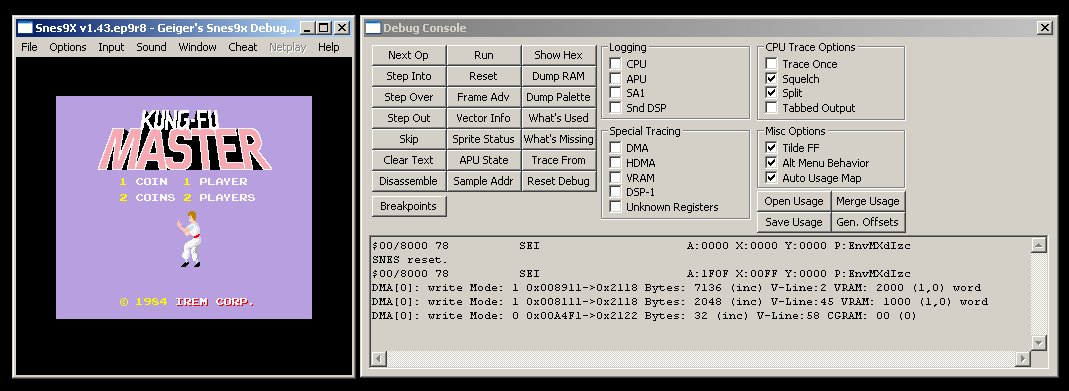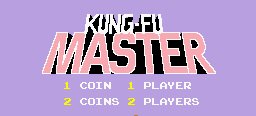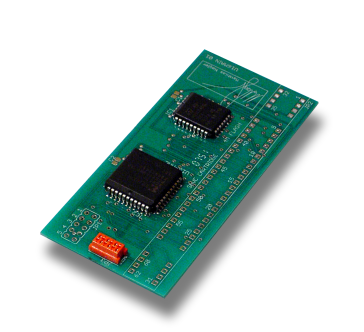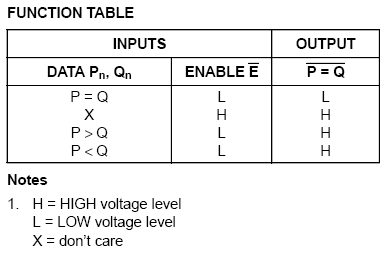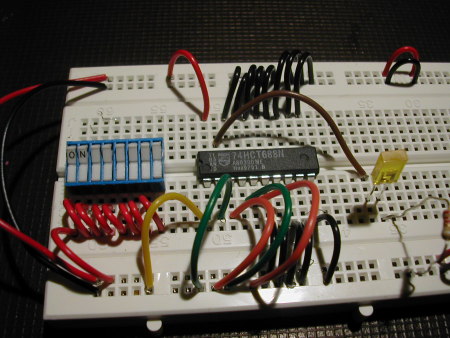Battle of the loRom layout
Wednesday, April 30th, 2008It’s now been a few days that I’m in a battle with the ROM layout. I’m starting to have huge ressource, a bit less than 32kb. So I tried to put that in an other bank. That was monday. Since it does’t working until this morning, after reading many documents and analysing other roms.
Now everything goes well except thatmy favoriteemu/debugger the so called “Snes9X1.43.ep9r8.exe” isn’t working with it. It’s mixing the bank access and copies the actual code into VRAM and not the data coming from from bank 1. Now all the other emu are working great (was not the case of bsnes before).
I provide you the .smc format rom. If you have any idea why it’s not working don’t hesitate to contact me ASAP via the comments on this post.
Here are some info about the rom layout from the linking process :
Section: ORG: ROM ORG: SIZE: CODE 008000 000000 4CCH ( 1228) UDATA 000000 ------ 10H ( 16) vectors 00FFE4 007FE4 1CH ( 28) registra 00FFB0 007FB0 2FH ( 47) bank4 018000 008000 7F40H ( 32576) Total 8467H ( 33895)
The huge data is in bank4 section. Address is set to 01:8000 and in the rom it’s at 8000. Main code is at address 00:8000 and rom is 0000. The registration data of the cart is set to mode 20 (lorom)
If you have any other question -> comments.
Here is the Rom for you testing and analysing.
See ya, Lint
PS : Easter egg in the rom (tested working on bsnes and znes) … Hint … play with your pad (i said too much, I know !!!)
FIXED !!! Look at the comments !!!
